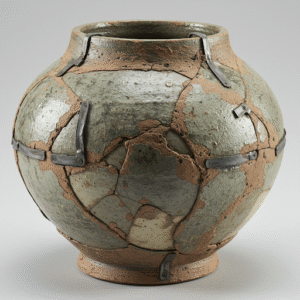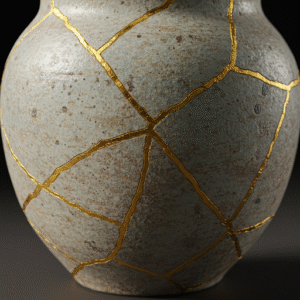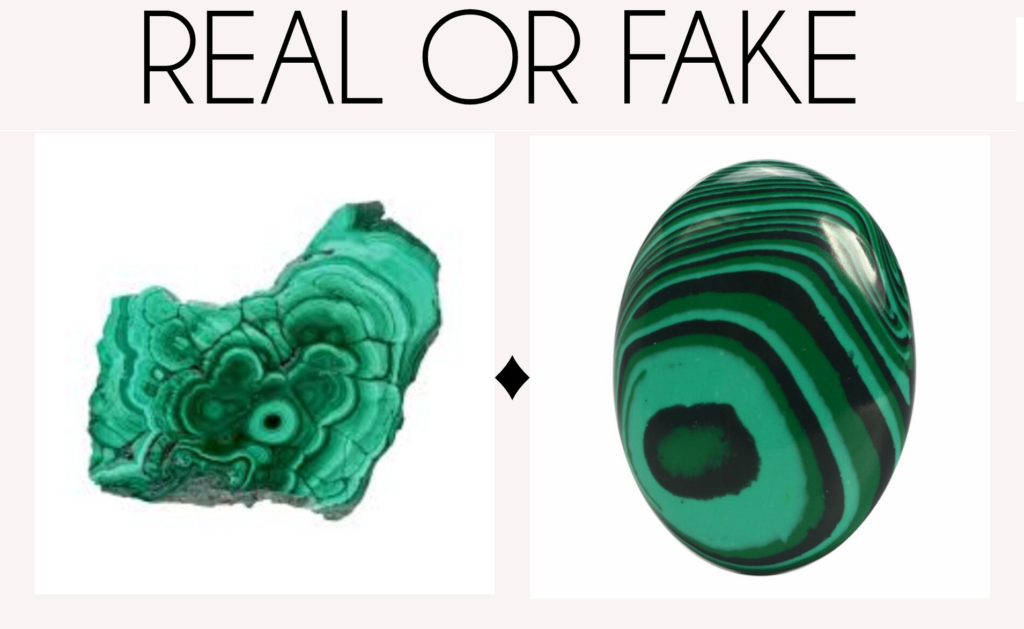Kintsugi: The Art of Embracing Imperfection
Kintsugi (金継ぎ), meaning “golden joinery,” is a centuries-old Japanese art form that involves repairing broken pottery with lacquer mixed with powdered gold, silver, or platinum. Rather than concealing the damage, kintsugi highlights the cracks and repairs, embracing the flawed or imperfect.

This philosophy treats breakage and repair as part of the history of an object, rather than something to disguise .
Origins and Historical Context
The origins of kintsugi are believed to date back to the late 15th century during Japan’s Muromachi period. One popular theory suggests that the technique emerged when shogun Ashikaga Yoshimasa sent a damaged Chinese tea bowl back to China for repairs.

Upon its return, the bowl was mended with unsightly metal staples, prompting Japanese craftsmen to seek a more aesthetically pleasing method of repair. This led to the development of kintsugi, which became closely associated with ceramic vessels used in chanoyu, the Japanese tea ceremony .
The Kintsugi Technique
The traditional kintsugi process is meticulous and time-consuming, often taking several weeks to complete. The steps include:
Preparation: The broken pieces of pottery are cleaned and prepared for repair.
Adhesion: A special lacquer, known as urushi, is applied to the edges of the broken pieces to glue them together.
Filling: Any gaps or missing fragments are filled with a mixture of lacquer and rice flour.
Drying: The piece is left to dry in a controlled environment to ensure the lacquer sets properly.
Sanding: Once dry, the repaired areas are sanded to achieve a smooth surface.
Application of Metal Powder: A final layer of lacquer is applied, and while still tacky, powdered gold, silver, or platinum is dusted onto the surface.
Polishing: The piece is polished to enhance the shine of the metal and reveal the beauty of the repair.

This process not only restores the functionality of the object but also transforms it into a unique piece of art, with each repair telling its own story .
Philosophical Underpinnings
Kintsugi is deeply rooted in Japanese philosophy, particularly the concepts of wabi-sabi and mushin.
Wabi-sabi: This aesthetic principle finds beauty in imperfection, impermanence, and the natural cycle of growth and decay. Kintsugi embodies wabi-sabi by celebrating the cracks and repairs as part of an object’s history, rather than something to hide .
Mushin: Translated as “no mind,” mushin refers to a state of non-attachment and acceptance of change. In the context of kintsugi, it reflects the idea of embracing the transformation that comes with damage and repair, acknowledging that change is an inevitable part of life .

These philosophies encourage a mindset that values resilience and the beauty of imperfection, both in objects and in life.
Cultural Significance and Modern Interpretations
Beyond its traditional roots, kintsugi has found relevance in contemporary culture as a powerful metaphor for healing and resilience.

The practice has been embraced globally, inspiring various forms of art, design, and personal development.
Art and Design: Modern artists and designers have incorporated kintsugi techniques and aesthetics into their work, creating pieces that highlight flaws and repairs as focal points. This approach challenges the conventional notion of perfection in art and design .
Personal Growth: Kintsugi has been adopted as a metaphor for personal healing, symbolizing the idea that scars and imperfections contribute to one’s unique beauty and strength. This perspective encourages individuals to embrace their experiences, including hardships, as integral parts of their identity .
- Therapeutic Practice: Engaging in the physical act of repairing broken pottery through kintsugi can be a meditative and therapeutic process. It offers a tangible way to process emotions, reflect on personal growth, and find peace in the acceptance of imperfection .
Related Techniques
Kintsugi is part of a broader tradition of ceramic repair techniques in Japan:
Yobitsugi: This method involves repairing a broken piece using fragments from other vessels, creating a patchwork effect that emphasizes diversity and connection.
Tomotsugi: Similar to yobitsugi, tomotsugi uses pieces from matching sets to repair a broken item, maintaining a cohesive appearance while acknowledging the repair.
These techniques, like kintsugi, highlight the value of restoration and the beauty found in imperfection .
Conclusion
Kintsugi is more than just a method of repairing broken pottery; it is a philosophy that embraces imperfection and finds beauty in the flawed and the mended. By highlighting the cracks and repairs, kintsugi tells a story of resilience, transformation, and the acceptance of change. In a world that often seeks perfection, kintsugi offers a poignant reminder that our scars and imperfections contribute to our unique beauty and strength.



